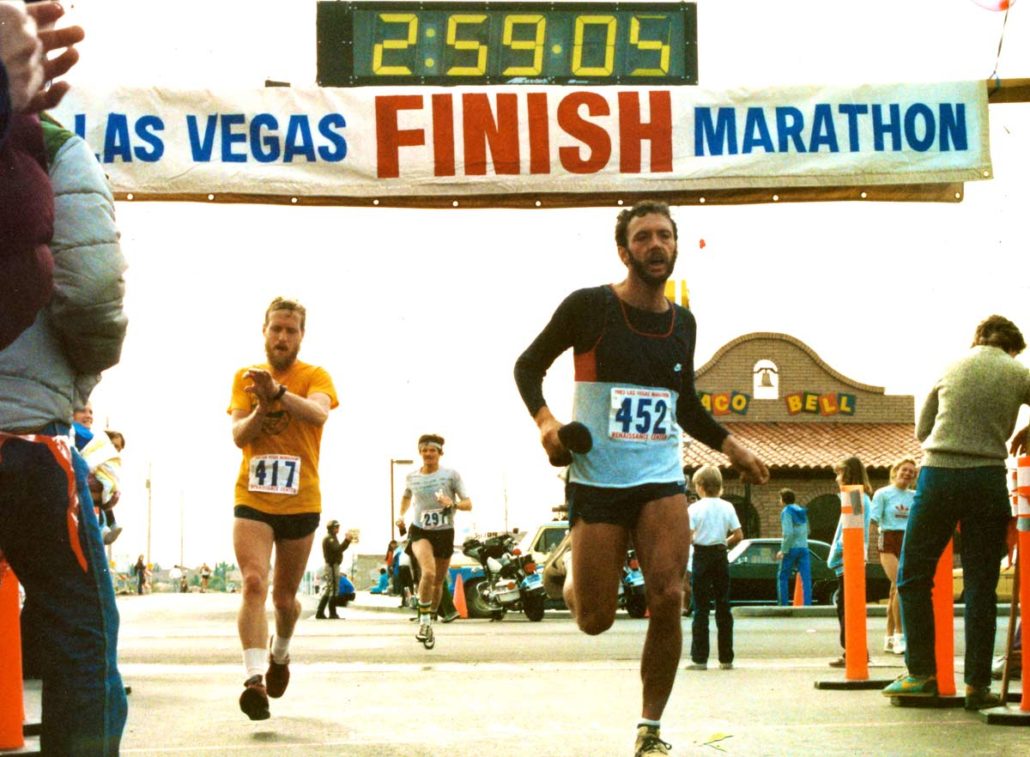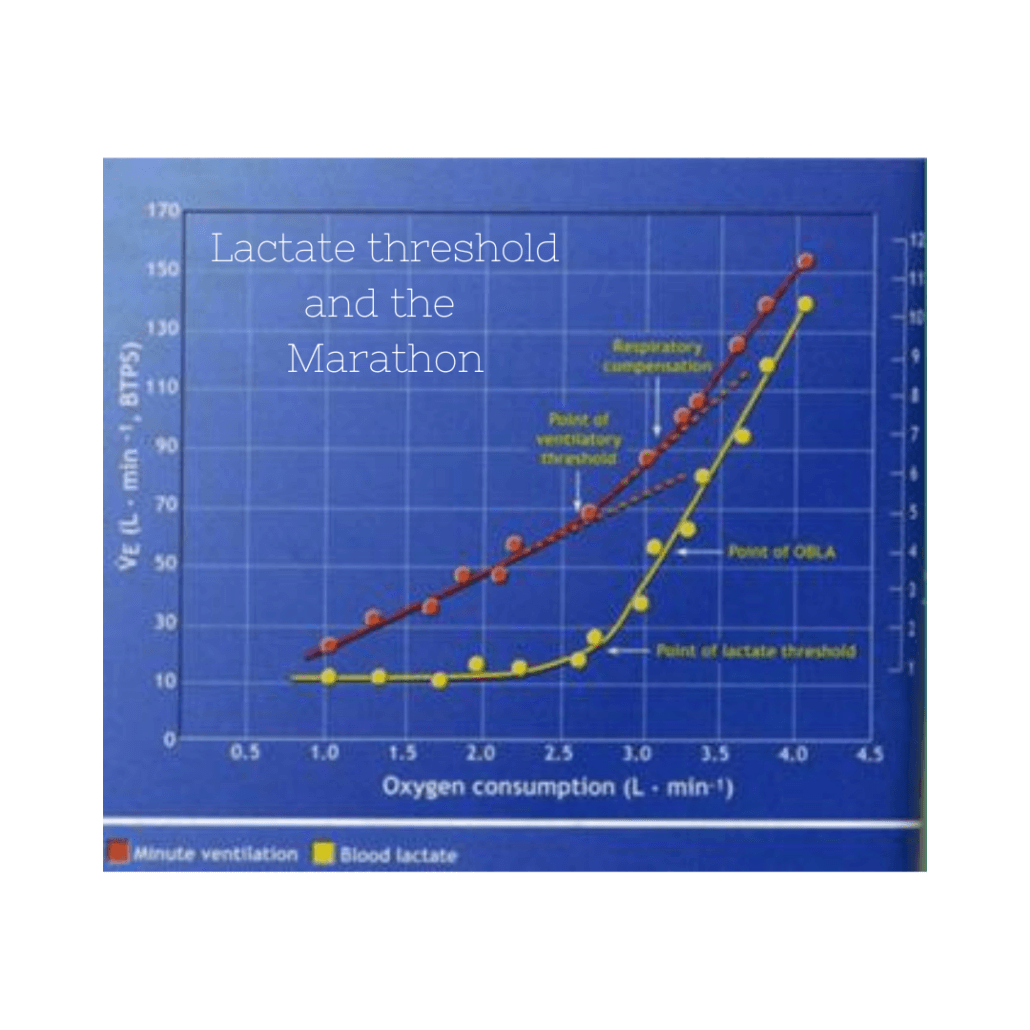The Marathon Long Run: Part Two
This post is looong overdue (pun somewhat intended). There is a blog post from quite a ways back explaining why the traditional Hanson’s schedules used 16 miles as the longest long run. While, I don’t really want to revisit that debate at the moment, I do want to make good on a promise. That promise was to explain the paces that a runner should be looking to complete their long runs at.
We all have different needs in our training. A beginner may be simply looking to cover the ground and if they can do so without hitting the wall, then that is just a bonus. Meanwhile, someone who is competitive, may find themselves in a race and need to finish as strongly as possible. If our goals are different, then how we approach certain runs should probably be different as well. So, let’s look at what some of these variables may look like.
For the Beginner:
The beginner runner has very basic needs, and that is to improve endurance by covering ground. Their biggest obstacle will be the mileage itself, so with this group, my concerns are simple: As slow as you need to in order to run the entire distance. That may be two minutes per mile slower than marathon pace itself. That’s fine, I don’t care. I only care that you run conservatively enough that you can cover the distance. The more improved your fitness becomes, the faster these runs will naturally improve.
Don’t make the first couple long runs on your schedule more difficult than need be. I see so many newbies go out and just start running marathon pace for their long run and end up cutting the run short. The common rationale is that, “If I can’t run it on a regular long run, then how will I do it for the race.” Well, simply, you shouldn’t because you are already fatigued from the rest of the week’s training. Also, physically what you can’t accomplish now, doesn’t mean you can’t in 2-3 months. You just have to be patient!
For the more Advanced (Intermediate):
This group is probably more concerned with performance, or know how much the late stages of a marathon can affect your overall time and want to avoid it! I work with many runners in this group and it can be tricky to balance the long run distance and paces. The mileage of the of the long runs in this group won’t vary much from the beginner, but the overall mileage is a little bit more and there is more structure. This group wants to improve, but is either still new to the event and/or limited in their amount of time to train.
So, if we can’t increase the volume they are training, then we must adjust a different variable in the equation to show positive results. That variable would then be intensity. While I might have a beginner run 2:00/mile slower than goal marathon pace, the next step would be to drop that pace down to 1:00/mile slower. Why does this help this group? Well, as we mentioned, they are already running about what they can handle for mileage, but their is still room for performance improvement. So, a long run at 1:00/mile slower than pace will provide a new stimulus to develop aerobic capacities. Before the stimulus was the actual mileage, now it is the intensity. The mitochondria and associated aerobic mechanisms are now stressed due to the pace- and they are at just enough of a rate where it is a struggle to keep up, but it is manageable. This means that fat metabolism improves, mitochondrial growth occurs, the density of the mitochondria and the enzymes improve. Also, neuromuscular connections improve, along with muscle fiber stimulation. The point here is that adaptation would occur if the runner could improve more, but if the mileage has to be limited (but still an experienced runner), then the adaptions must occur through a different mechanism and this is where pace provides that source of adaptation.
The Advanced and Elite runners
These two groups have similar issues with mileage, except they have spent years maximizing the mileage that they can safely handle. In these two groups, you have to consider that they have truly reached as high as they can on the VO2max scale. I use myself as an example- My VO2max has been between 75 and 77 ml/kg/O2 since I was about 20 or 21 years old. I am now almost 31, so that’s a long time of not improving. BUT I HAVE IMPROVED! Just because your ceiling has been put in place, that doesn’t mean you can’t improve. If the shear volume is maxed, then you maximize how fast you can run with those numbers. You are now asking, “What in the world is he talking about?” Well, we talk about lactate threshold and to a lesser extent, aerobic threshold in runners. Most of us have a fairly good idea of what the lactate threshold is, but the aerobic is the point at which fat/carb contributions for running is about 50/50. The faster you go, the more reliance you have on carbohydrates. Any marathon runner knows that carbohydrates are a precious commodity.
With these two groups I need to build those thresholds. I need to build their mental toughness and convince them that they can in fact run hard even though they are tired.
The fast finish:
The fast finish is a long run that is done mostly at a comfortable easy pace (1-2 minutes/mile slower than goal marathon pace). The only difference is, that the last 2-4 miles are done pretty hard. For first timers, it can be as simple as faster than what you were running. So if you were doing your run at 7 min/mile, then finish the last few at 6:45’s. It’s just a harder effort than what you were putting in.
For more experienced runners, it can be the last 3 at goal marathon pace. Sometimes it can be the last two as hard as you can go (Not so hard you blow a hammie, but a few seconds under goal marathon pace is a good effort). The idea is to teach your body that it can maintain goal pace when things get hard. Your legs can react and you can get through the wall. I feel like this run has more to do with mental toughness than physiological gains. It also shouldn’t be done every week. It can really take a toll on your muscles. I would save it for a couple long runs in the middle to late stages of a training segment.
The depletion run:
The depletion run is simple- you run depleted. No carbs before or during the long run. As with the fast finish, I wouldn’t do this all the time. I do it in two different places- the beginning of the segment and the last long run. I do it her because pace is not nearly important as building endurance is. Also, the distances of these long runs will be considerably shorter than the long runs in the heart of the schedule- making them less dangerous to putting us past the point of no return. Here, pace is not incredibly important, other than you will want to keep yourself in check and not run too fast.
Physiologically, what happens is that our glycogen stores will be put under serious distress. When we finish, there won’t be much left. The key here is the recovery part. As soon as you are done, your muscles want to replace, they want to replenish. So, you have to have the fuel ready. As soon as you are done, start taking in the carbs and a little bit of protein. I am talking recovery drinks, sports bars, fruit, whatever you can tolerate and get in. If you cna do this, your muscles will adapt and be aable to not only replace what was lost, but more than it could before. The advantage of this is more glycogen storage. This means you can run farther at a faster speed before hitting the wall. It may meant the difference from being on pace until 23 miles, and being on pace the whole way!
The “hard” long run:
This run I save for few. It’s actually something that I have just adopted into my own training. The hard long run is something that is built into, like an increasing tempo run. I guess hard may be a little strong, but it is certainly a run that takes a conscious effort for an extended period of time. An example 20 miler that I have done would look like this: First 1-2 miles @ 6:00, then 5:50, 5:40, 5:30, and a steady diet of 5:20-5:35/mile for the rest of the run. Now, if my marathon pace is 5:00/mile, then I am spending 14-16 miles @ 15-25 seconds slower per mile than marathon pace. That may seem ridiculous, and it may as well be. However, here is the rationale behind it: We already talked about the aerobic threshold in above sections. Well, the more trained a person is, the higher this threshold becomes. A new runner may experience this at 50% of VO2max, while an elite marathoner may be closer to 60%. What I am saying is that the window of physiological adaptations becomes smaller and smaller. A new runner may run a 5k at 8 minute miles, but a marathon in 11 minute miles. An elite runner may run a 5k in 4:20/mile and a marathon at 5:00/mile. You see? Everything gets more bunched up as you get faster- you won’t have big differences between different paces anymore. So, for me to run a long run 20-30 secconds slower per mile than goal pace is fast, but it is necessary to keep improving these thresholds.
I wouldn’t start out at big percentage of the run being that fast. Again, I would slowly over not only one segment, but several increase your tolerance for these long runs. I reserve these for the middle of the training segment when my long run mileage is at it’s peak. A vital thing to keep in mind is that I train on a nine day cyccle so I have 2 easy days before my next quality run. I also have the ability to take a nap, access to massage and chiropractic care, as well. I would be very careful when attempting these things. I would certainly time my long runs as much as my other quality runs for the training segment.
Example progression for a training segment of an advanced runner:
Long run 1: nice and easy, 2:00/slower per mile, depletion
Long run 2: moderate: 1-2:00/slower per mile
Long run 3: moderate: 1:00/mile slower
Long run 4: “hard”, down to :30/mile slower for 6-8 miles
Long run 5: fast finish: last 3 miles at goal pace. Majority of run about 1:00/mile slower
Long run 6: :hard: 0:30/mile slower for 10-14
Long run 7: fast finish, last 3-4 hard
Long run 8: hard for most of run
Long run 9: depletion, just put time on my feet
Taper.
The only other variance I might throw in would be for those running traditionally hilly courses- Boston, for example. Here I may alternate overly hilly loops with faster type runs.
Ok, so, hopefully, this will help you decide on your long run paces. As typical, I do not have an easy answer. If it were easy, then we’d all have it figured out! Best of luck with your training.




